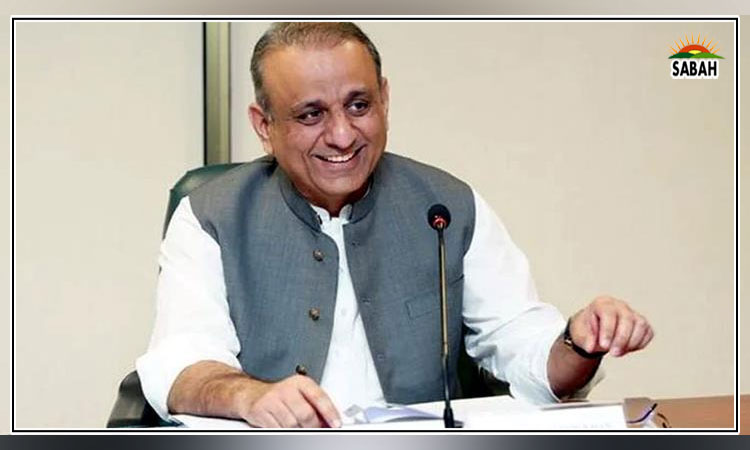Staying alive…Muna Khan
THE news of a teen boys death by suicide in Karachi in January caused a great deal of shock and concern, especially among parents. What would lead a young person with a promising future ahead of them, the argument goes to take their own life?
Philosophy professor Clancy Martin attempts to offer some insight into what motivates someone to commit suicide and how to prevent it in his book, How Not To Kill Yourself: A Portrait of the Suicidal Mind.
Martin is well placed to write this as he has attempted suicide at least 10 times he describes those attempts in detail so it is not for the faint-hearted. He is candid about his addiction and difficult family relationships but ultimately, he is glad to be alive. He chose to write this book to sincerely and accurately convey what its like to want to kill yourself, sometimes on a daily basis, yet to go on living, and to show my own particular reasons for doing so.
Its not an easy read. But its an important one, especially, I imagine, for anyone with suicidal thoughts. It helped me understand societal reactions to suicide. Perhaps because we all experience suffering in some way and are free to take our own lives, yet choose to go on living, we judge others whove given up on life, he writes.
There is still stigma attached to suicide, unlike discussions about sex or homosexuality which, over the years, have become more acceptable. In Pakistan, they are less of a taboo topic, too.
Martin wants to de-stigmatise suicide and does so in class discussions with students. When he asks if they have contemplated suicide, its rare that 90 per cent of the class doesnt raise their hands.
Martin is open with students so they dont need to feel like theres something wrong with them, that this is an incredibly common and one might even say a normal way of thinking.
I wouldnt have been convinced about it being a normal way of thinking if I hadnt read a story in Dawn in 2020 which said between 15 to 35 people end their lives in Pakistan every day. In the survey, the website conducted, at least 45pc said they have thought about suicide but never acted on it and 43pc said they know someone who has attempted it.
Martins discussions with his students sheds light on what this generation feels. According to his student, young people think about suicide more than the previous generation because everything for our generation looks so pointless. Because of climate change, they dont know if theyll have normal lives. They felt their parents thought the world was getting better but we all know its just getting worse it feels like, whats the point?
I spent a few years teaching myself and found this generation cares about issues like climate change, animal welfare and housing for all, and not audio leaks. Reading about their despondency made me sad, concerned.
This was heightened after reading how news of successful suicides increased other attempts. Suicide is now the 12th leading cause of death in the US.
Its important the media not refer to suicide as a growing problem as it causes contagion, especially if it is a suicide of a celebrity. Researchers estimate the suicide rate went up in the US by 10pc following Robin Williams suicide in 2014. Adolescents are particularly prone to suicide contagion. If a cool person commits suicide, suddenly it may seem like suicide is cool, Martin writes in explaining contagion.
It may seem outlandish but it will be equally foolish not to pay any attention to these stats and studies or see them solely as an American problem. The World Health Organisation in 2022 estimated the suicide rate in Pakistan at 8.9 deaths per 100,000 people, which is just below the global average of nine.
While Martin doesnt present readers with a guide on how to coax someone out of suicide, his list of resources is helpful. Suicide is not an impulsive act its an expression of a pattern of thinking thats been a long time in the making. Collective action is needed to change that pattern of thinking and I think schools here can take the lead on creating a list of resources, both online and offline.
Martins exploration of the role of suicide in culture, its evolution and how philosophers approached the subject was enlightening. To understand what constituted a good life, it was only natural for philosophers to ask the same about a good death and many thinkers like the Stoics and some Buddhists have made the case for suicide. Most major philosophers, however, say life is worth living. I particularly enjoyed reading about the existentialist philosophers Nietzsche, Kierkegaard, Camus and how they thought life is meaningless but that doesnt mean its bad. Instead, standing up to life may lead a person to finding meaning.
Courtesy Dawn












